
Homemade Toothpaste Facts
Dental hygiene has not always included toothpaste and in the past people utilized natural substances for teeth cleaning. Sticks from the Neem, Meliaceae and Azedarach tree were used instead of toothbrushes. Chewing on a neem stick is good for the digestive system as well as providing a teeth whitening effect and gum problem prevention and treatment.
Homemade toothpastes have been proved to be more effective than a large number of purchased toothpastes, and are usually cheaper due to the lack of expensive chemical additives such as fluoride, saccharin and sodium lauryl sulfate, which can be toxic in large doses.
Mouth washes often give misleading information on their labels, leading to mouth dryness after use.
Homemade Toothpaste Recipes
Homemade toothpaste recipes are an alternative to toothpaste that is available commercially. The first recipe includes mixing 6 teaspoons of baking soda, 1/3 teaspoons of salt, 4 teaspoons of glycerin and 15 drops of peppermint extract and mixing it well until a minty paste similar to traditional toothpaste is gained. Another alternative can be achieved by taking 3 tablespoons of baking soda and 1/2 small packet of stevia powder in a bowl, and gradually mixing them with 2 tablespoons of coconut oil and 20-25 drops of peppermint oil. For a different version still, the method of mixing is to take 1/2 cup baking soda in a large bowl and mix 1/2 teaspoon sea salt, 6 packets of stevia or xylitol sweetener, 1/2 teaspoon borax (20 Mule Team Brand), 2 tablespoons of hydrogen peroxide 3%, 1 tablespoon of aloe vera gel, 1 tablespoon of coconut oil, 4 drops of frankincense oil, 4 drops of cinnamon cassia oil and 30 drops of peppermint oil. It is then suggested to blend until foamy, and store the paste in a clean container.
A version of paste that is beneficial for sensitive teeth and gums exists as well, and involves mixing 1/2 cup cosmetic clay white, 1/2 cup glycerin, 35-40 drops of myrrh, 7-8 drops of peppermint and 7-8 drops of clove essential oil and storing the mixed paste in a container. For periodontal diseases (diseases that affect the tissue surrounding and supporting the teeth) it is best to mix 1/4 cup white cosmetic clay in a bowl and add 1/4 cup baking soda, 1/8 cup finely ground sea salt, 20 drops tincture of myrrh, 8 drops tea-tree essential oil, 8 drops thyme essential oil and 1/2 cup vegetable glycerin, and store it away from bright light.
The common ingredients to all these recipes are baking soda, glycerin and peppermint oil. Baking soda acts as a teeth whitener, and can reduce the plaque. Glycerin augments the thickness of the paste, and is also know to have antibacterial traits. Flavor is added with peppermint oil but spearmint oil, cinnamon oil, anise oil, wintergreen extract and clove oil are also options. The addition of antiseptic, anti-inflammatory essential oils, such as tea tree or peppermint, along with mild abrasives like salt, clay and baking soda is optional. Other additives can also be beneficial: Cranberry juice has the potential of killing the bacteria so it can be used as a mouthwash. In the case of homemade children’s toothpaste, flavoring and dying the toothpaste can be done with something like powdered orange rind.


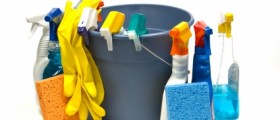
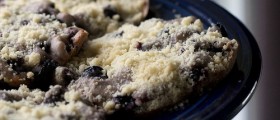

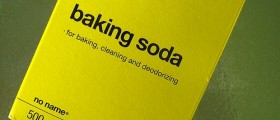
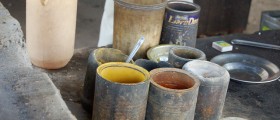
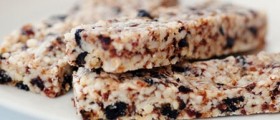
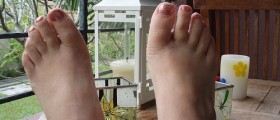
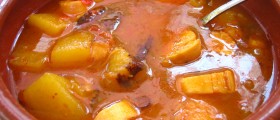
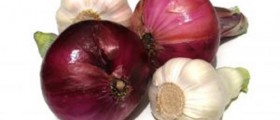
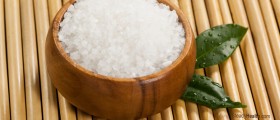
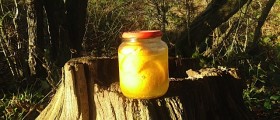

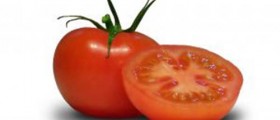

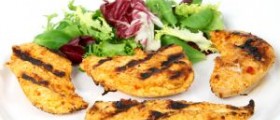
Your thoughts on this
Loading...